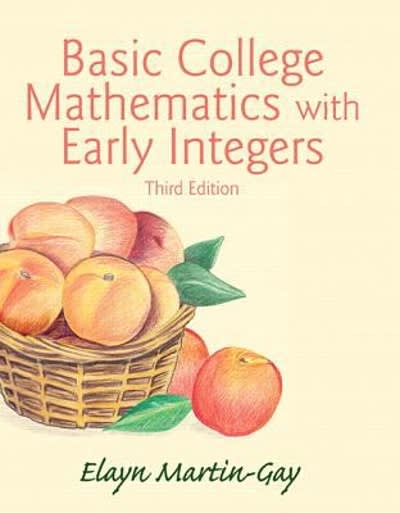A company that designs mobile games wishes to try a new approach to getting potential customers to try its promising new game. In this new "freemium" approach, consumers try a feature-restricted version of the game for free, but have to pay to upgrade to the full-featured game. The company sent an email with the "freemium" offer to a random sample of 7,500 gamers from its customer database. Of those who received this offer, 2847 clicked on the email link and signed up for the "freemium" version on the company's website. Three months after the initial freemium offers went out, 769 of those who had signed up for the freemium version had paid for the full-featured game. a. Compute the proportion of the random sample of 7500 gamers, that signed up for the "freemium" offer, p1 . Now compute the proportion of that same random sample of gamers that paid for the full-featured game, p2. b. Focusing on the second proportion, p2, compute a 95% confidence interval for the true population proportion, p, of gamers that pay for the full-featured game. . If more than 10% of those who receive the initial "freemium" offer going on to pay for the full-featured game is considered a success, develop the appropriate hypothesis test to determine whether the sample provides sufficient evidence of the suspicion that the true proportion of gamers who receive the "freemium" offer who will go on to pay for the full-featured game exceeds the 10% target. Specifically, state the null hypothesis, the alternative hypothesis, and compute the test statistic. Is this a one-tailed test to the left, a one-tailed test to the right, or a two-tailed test? d. What is the p-value for the test statistic computed in (c) above? Write the Excel function that you used to determine this p-value, including the inputs that you entered in the Excel function (do not give cell references; write in the actual numbers). e. Based on the results from (d) above, what is your conclusion about the true proportion of those who receive the "freemium" offer that will go on to pay for the full-featured game at a = .05. f. Based on the rate at which those who signed up for the "freemium" offer have upgraded to the full-featured game, the company estimates that 50 more people from the original random sample will upgrade to the full-featured game (in addition to the 769 who have already done so). Assuming that this is true, compute the new proportion of the initial random sample, Pew, that will pay for the full-featured game (include the 50 additional people). Using this new sample proportion, compute a new 95% confidence interval for the true population proportion, p, of customers that will pay for the full-featured game. g. Does this new confidence interval cause you to reconsider your hypothesis test conclusion about the 10% upgrade target from (e) above? Briefly explain







